id 2202 industrial design revolution
1/21
There's no tags or description
Looks like no tags are added yet.
Name | Mastery | Learn | Test | Matching | Spaced |
|---|
No study sessions yet.
22 Terms
Describe aspects of The Great Exhibition of 1851 at the Crystal Palace.
held in great Britain
sponsored by the monarchy
six month run
6 million attended
15,000 exhibiters (countries, artists, designers, manufacturers, shops)
“to show the works of industry to all the nations”
Describe the First Industrial Revolution and the Second Industrial Revolution. Which does the Great Exhibition fall under?
first (1760-1840):
machine manufacturing; steam power; coal
second (1840-1870)
steam-powered systems; factories
The Great Exhibition falls under the Second Industrial Revolution.
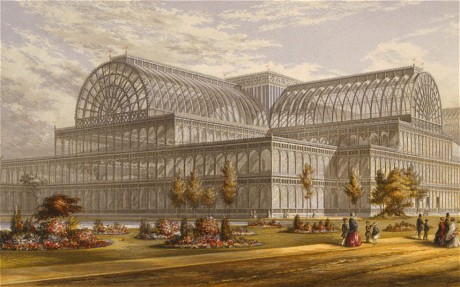
The Crystal Palace by Joseph Paxton, 1851
Describe the creation and industrial aspects of The Crystal Palace.
greenhouse design: introduce as much glass as possible in order to get sunlight in
designed to be very symmetrical → symmetrical balanced
made from cast-iron & glass
iron girder superstructure & glass “skin”
in the iron superstructure: hollow pillars that doubled as drain pipes (24 mi of guttering)
skeleton of cast-iron columns supporting a network of girders
modular system w/ prefabricated parts
units were configured into 24 ft modules that were prefabricated and assembled on the site
*review notes
Define “Glazing”
affixing the glass
→ was carried out from special trolleys and was fast
When did the Great Exhibition open and by who?
May 1, 1851 by Queen Victoria
What happened to the Great Exhibition in 1936?
It was destroyed by fire:
fire in an office, spread through wooden floor
warming of iron girders
Winston Churchill: “This is the end of an age.”
Name some famous people who attended the Great Exhibition.
Charles Darwin, Charlotte Bronte, Charles Dickens, Lewis Carroll, George Eliot, Alfred Tennyson
Describe two popular attractions in the Great Exhibition.
“Retiring Rooms” (only for me) were provided public toilets inside private enclosures (by George Jennings)
“World’s First Glass Fountain” by Follett Osler
What was Machine Hall in the Great Exhibition? What was its purpose? Name two machines that were displayed in this hall.
→located on the upper roof line so they could put in ventilation sites to ventilate machines
→didn’t want to just display machines; wanted to display them in action
1) a printing machine that could churn out 5,000 copies of the Illustrated London News an hour
2) the cotton machinery of Hibbert, Platt & Sons; a series of 15 machines in one room demonstrating the cotton spinning process as cotton was opened, carded, doubled, spun, warped & woven
Describe some items in the Department of the United States in the Great Exhibition.
Name one of the most popular American attractions and its creator (and describe it).
plaster model of an american eagle
draped banner of “Old Glory”
model of a suspension truss bridge by Nathaniel Rider
pipe organ
→The Reaper by Cyrus McCormick
invented 1831, Virgina
revolving reel
McCormick reaper was awarded the 1st Prize Gold Medal
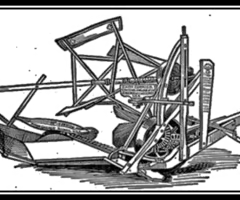
Describe Samuel Holt’s work in the Great Exhibition.
→ 200 guns “commemorative editions”
Colt Navy Revolver
Colt Dragoon Revolver
displayed to show their parts separated and how they often had interchangeable parts → another way to focus on its efficiency
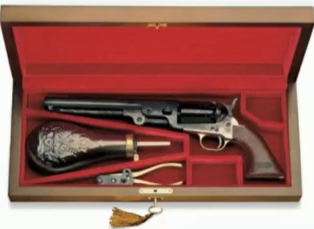
In the Great Exhibition, in the Department of Great Britain, we find displayed furniture identified as Victorian Design—which is influenced by what? Describe aspects of that influence.
influenced by the aesthetic idea from Queen Victoria:
“domestic life important”
“Beauty is paramount to living a happy life.”
Ornament is necessary
Victorian Design focuses on adding “Beauty” to lifestyle: “domesticity” “ornament”
it’s individually handcrafted
Describe characteristics of Victorian Furniture.
usually carved wood
stained in dark colors
carved w/ “curves within curves” → curved patterns are symmetrically placed & repeated
furniture is usually intended for display of decorative objects
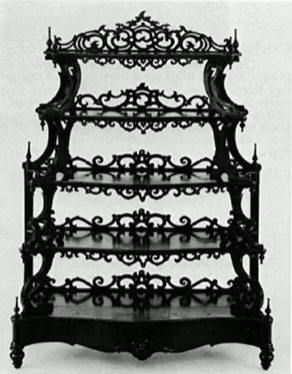
Describe characteristics of Victorian chairs.
small in scale
intended to be more decorative than functional
decorative carvings of curbed patterns & added gilt emphasize the “Beautiful”

What were Victorian pattern books?
would show pictures that could be used as guides/patterns
wood carvers, jewelers, painters, porcelain workers would often repeat the same patterns but in different materials
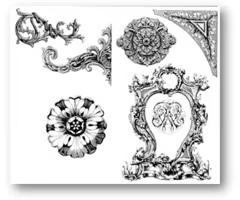
Describe the Victorian telegraph that was displayed at the Department of Great Britain.
was in the “Communication Products of Great Britain” booth
Cooke & Wheatstone, telegraph, 1850s
“curves withing curves”
individually handcrafted
focus on Beauty
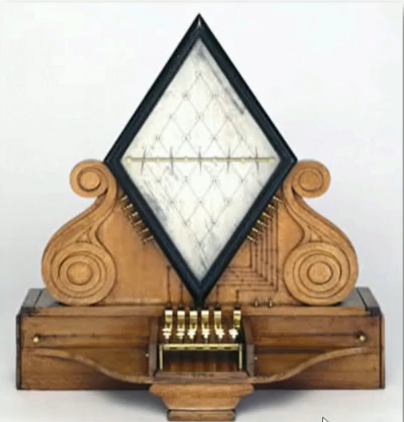
Describe the Daguerre Camera that was displayed at the Department of Great Britain.
Daguerre Camera, 1851 (Industrial Revolution)
machine
encased within a simple box
no ornament
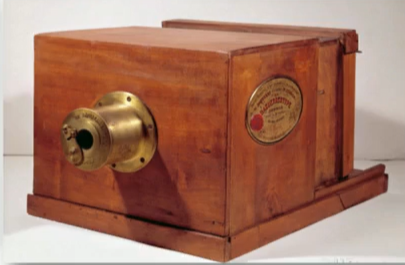
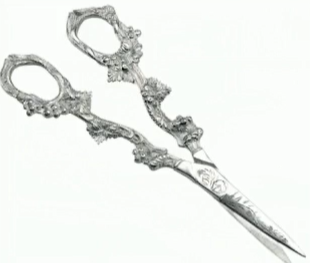
Describe the differences in Victorian Scissors versus Cast Iron Scissors.
Victorian scissors:
silver scissors, manufactured by the Sheffield Company in sterling silver (Victorian Design)
individually handcrafted & focus on “Beauty”, not function
Cast Iron Scissors:
machine fabricated in a foundry
assembled on assembly line
focus on function
diff shapes for diff functions: left-handed & right-handed; diff scale, diff sharpness, etc
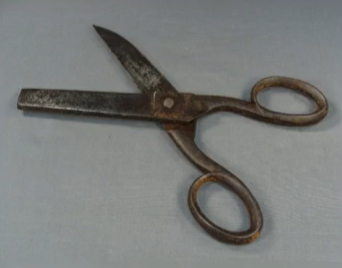

Describe the industrialized process of the Thonet Brothers’ bentwood chairs.
made use of steam-forming machine to soften wood
“bent”, once softened, around curved molds
assembled on an assembly line
rods of soften wood molded around metal form
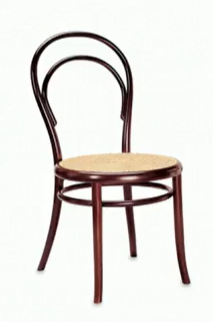
Describe the Thonet brothers’ Chair #14.
(even more focused on efficient manufacture)
made up of 6 parts
characterized by “gentle curve”
not ornamental, but functional
machine made
shipped disassembled, 36 in sq. m. box

Describe Thomas Shearer’s desk and whether it fits into Victorian Design or Industrial Revolution Design.
it doesn’t fit into either Victorian nor Industrial revolution design
it is individually handcrafted (Victorian influence) but no Victorian ornament
focus on function (industrial influence) but not machine-made
This starts to open up to the next movement: Arts and Crafts Movement
What aspects does the Arts and Crafts Movement take from Victorian Design and Industrial Revolution Design?
It takes handcrafted from Victorian and functional from Industrial Design